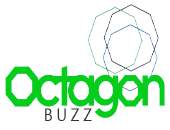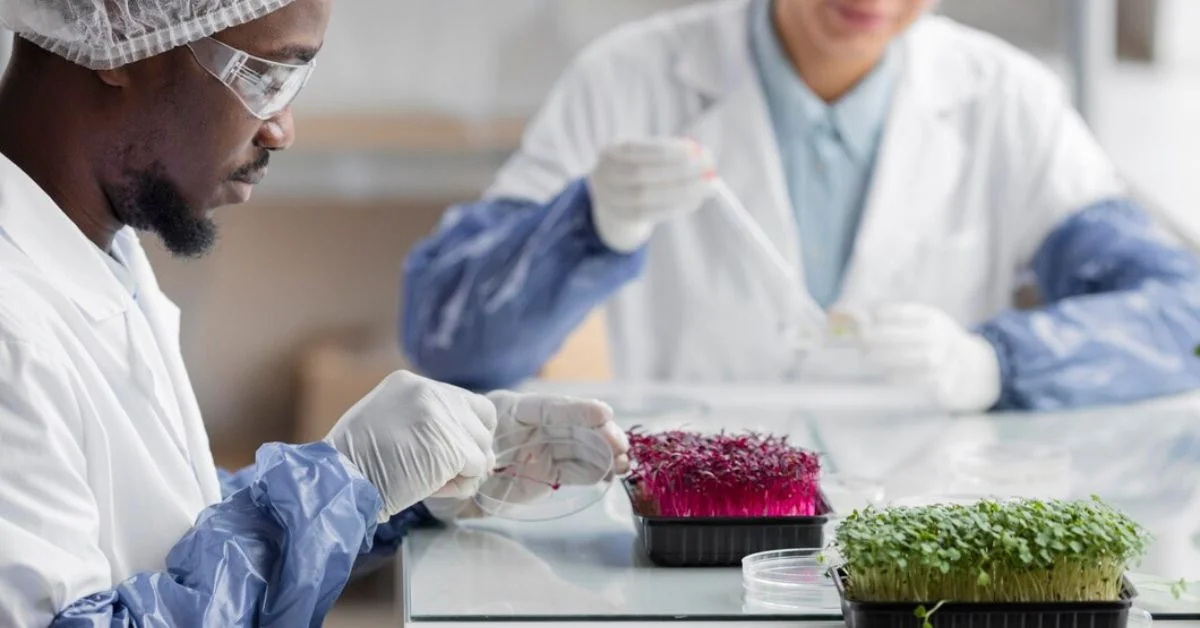Setriasona has gained significant attention in recent years due to its wide range of applications and benefits. As a versatile compound, it is used in various fields, from medicine to agriculture. This article provides a detailed overview of Setriasona, exploring its uses, benefits, and potential impact on different industries.
What is Setriasona?
Setriasona is a synthetic compound developed through advanced chemical processes. It is known for its stability, efficacy, and versatility. Originally synthesized for medical purposes, its unique properties have led to its adoption in various other sectors. Chemically, Setriasona is a derivative of a natural substance, modified to enhance its effectiveness and safety.
Medical Applications of Setriasona
In the medical field, Setriasona is renowned for its therapeutic properties. It is used to treat a variety of conditions, including chronic pain, inflammation, and certain types of infections. Its anti-inflammatory properties make it a preferred choice for managing conditions like arthritis and other inflammatory disorders. Additionally, Setriasona has shown promise in cancer treatment, where it helps reduce tumor growth and enhances the efficacy of chemotherapy.
Benefits in Agriculture
Setriasona’s benefits extend to agriculture, where it is used as a growth enhancer and pesticide. Its ability to promote plant growth and protect crops from pests has made it a valuable tool for farmers. The compound helps in increasing crop yields and improving the quality of produce. It is particularly effective in protecting plants from fungal infections, thereby reducing the need for traditional chemical pesticides.
Industrial Uses of Setriasona
The industrial applications of Setriasona are diverse. It is used in the manufacturing of various products, including plastics, textiles, and cosmetics. In the textile industry, Setriasona is used to improve the durability and quality of fabrics. In cosmetics, it serves as an ingredient in skincare products, providing anti-aging and moisturizing benefits. Its role in the production of high-performance materials highlights its importance in the industrial sector.
Environmental Impact
While Setriasona offers numerous benefits, its environmental impact cannot be overlooked. Studies have shown that it is biodegradable and poses minimal risk to the environment when used appropriately. However, improper disposal and excessive use can lead to contamination of soil and water bodies. It is crucial to follow guidelines and regulations to minimize its environmental footprint.
Potential Side Effects
Like any compound, Setriasona may have potential side effects, especially when used inappropriately. In medical applications, some patients may experience mild side effects such as nausea, dizziness, or allergic reactions. In agriculture, overuse can lead to resistance in pests and negative effects on non-target organisms. It is essential to use Setriasona as directed and consult professionals when necessary.
How to Use Setriasona Safely
Safety is paramount when using Setriasona. For medical purposes, it should be used under the supervision of a healthcare provider. In agriculture, following the recommended dosage and application methods is crucial to avoid negative effects. Industrial use should comply with safety standards and regulations to protect workers and the environment. Proper storage and disposal are also vital to ensure safety.
Future Prospects of Setriasona
The future of Setriasona looks promising, with ongoing research and development aimed at expanding its applications. Innovations in synthesis and formulation may lead to more efficient and targeted uses. Its potential in emerging fields such as nanotechnology and biomedicine is being explored. As our understanding of Setriasona grows, it is likely to play an increasingly significant role in various industries.
FAQs
- What is Setriasona used for? Setriasona is used in medicine, agriculture, and industry for its therapeutic, growth-enhancing, and material-improving properties.
- Is Setriasona safe to use? Yes, when used as directed, Setriasona is generally safe. It is important to follow guidelines and consult professionals.
- Can Setriasona be used in organic farming? Setriasona is not typically used in organic farming due to its synthetic nature.
- Are there any environmental concerns with Setriasona? While biodegradable, improper use and disposal of Setriasona can lead to environmental contamination.
- What are the side effects of Setriasona in medical applications? Common side effects include nausea, dizziness, and allergic reactions. Always consult a healthcare provider before use.
- How does Setriasona benefit agriculture? It enhances plant growth, protects crops from pests, and increases yield and quality.
- What industries use Setriasona? Setriasona is used in textiles, cosmetics, plastics, and high-performance materials manufacturing.
- Is Setriasona effective in cancer treatment? Yes, it has shown promise in reducing tumor growth and enhancing chemotherapy efficacy.
- What future applications are being explored for Setriasona? Research is ongoing in nanotechnology, biomedicine, and more efficient synthesis methods.
- How should Setriasona be stored and disposed of? Store in a cool, dry place and follow local regulations for disposal to minimize environmental impact.
Conclusion
Setriasona’s versatility and efficacy have made it a valuable compound across various industries. From medical treatments to agricultural enhancements and industrial applications, its benefits are numerous. However, responsible use and adherence to safety guidelines are crucial to maximizing its positive impact and minimizing potential risks. As research continues, Setriasona’s role in advancing technology and improving quality of life is set to grow, making it a significant player in the future of science and industry.











